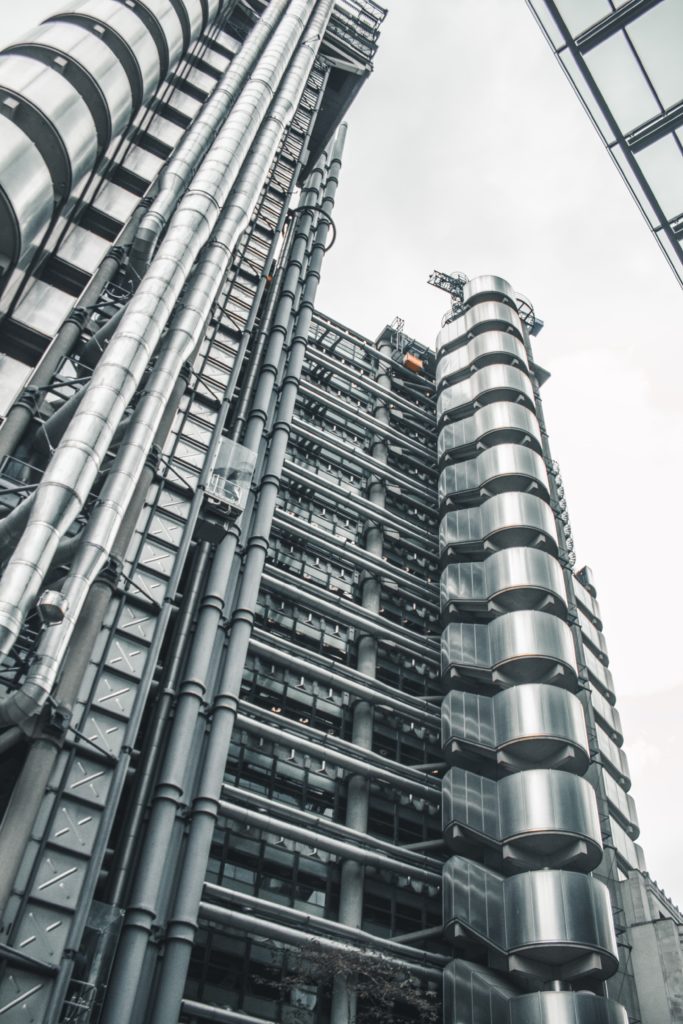
Millions of Americans don’t realize that the elevators and escalators they use consume five times the energy Washington, D.C. uses every year. Elevators and escalators account for 2-5% of energy use in multi-story buildings, and much of that happens when the units are idle. Currently, the elevator industry lacks incentives and energy savings recognition programs that would encourage building owners to incorporate elevator efficiency into their building plans. However, there is a growing interest in elevator efficiency and the energy-efficient elevator market is expected to grow considerably over the coming years.
New Technologies
Today, technologies that are more efficient are helping commercial building owners reduce energy costs by as much as 40%, according to a study released by the American Council for an Energy-Efficient Economy (ACEEE). The report also offers a variety of public policy options to accelerate adoption of major energy-saving opportunities in buildings across the country. Providing utility incentives or tax credits for using existing energy-efficient elevator technologies, such as those that reduce standby power by turning off lights and cab ventilation systems while elevators are idle, will significantly reduce total energy use. Other technologies — such as coated steel belts that replace cable ropes and advance dispatching software that can reduce wait time while cutting energy use — are immediately available to building owners. Truly innovative technologies, such as regenerative drives that turn gravity from the elevator’s descent into energy to power the elevator when it goes up, can reduce elevator energy consumption up to 75 percent.
Embracing Change
1 World Trade Center is an example of a building that’s already embracing the change. The building’s efficient elevators use a number of systems that can cut a building’s overall energy needs by up to 30 percent. Not only are high-tech elevators more efficient; they can actually produce electricity. The 1 World Trade Center elevators are equipped with the aforementioned regenerative drive technologies, that generate enough power to potentially feed the building’s lighting system. Like a hybrid car, they take advantage of energy produced by the braking system.
Improved elevator technology can also enhance the experience of visitors by shortening wait times. At 1 World Trade Center, the elevators use a smart system that groups riders going to the same destination. All elevators connect through a central electronic dispatching system. This prevents the stop-and-go associated with many people using an elevator at the same time; instead, each elevator is scheduled to go to one floor—with the people who want to go there—without a lot of stopping in between. This provides a dual benefit of saving energy and getting tenants to where they’re headed more quickly.
Another, relatively new cross-industry innovation is the cable-free elevator. These elevators can move both vertically and horizontally. These elevators are typically made of carbon fiber-reinforced plastic and are powered by linear motors that can move cabs up and down, forward and backward, and left or right on magnetic rails. Cable-free elevators are energy efficient and reduce carbon footprint impacts dramatically.
Conclusion
The demand for efficient elevators is increasing. The reason for this growth is that developers and building owners are becoming more environmentally conscious. Green elevators not only improve building efficiency and increase overall property value but can also help a building gain U.S. Green Buildings Council’s Leadership in Energy and Environmental Design (LEED) system points, which are awarded in six categories, four of which are directly impacted by elevators. With energy consumption reaching all-time highs, more and more builders are looking for green alternatives. Whether modernizing your clients elevators or installing new elevator technology, choosing green elevators is more beneficial for building occupants, owners and the environment.
FIELDBOSS stays current on industry trends to keep you informed on what’s happening in the elevator world. Read our blog and sign up for our newsletter for all the latest news.
#EnergyEfficiency #EnergyEfficientElevators